The SISCO inductively coupled plasma mass spectrometer is a high-performance analytical instrument designed for ultra-trace detection of metals and some non-metals. With detection limits reaching parts-per-trillion (ppt) levels, ICP-MS offers rapid, precise, and simultaneous multi-element analysis across a wide range of sample types.
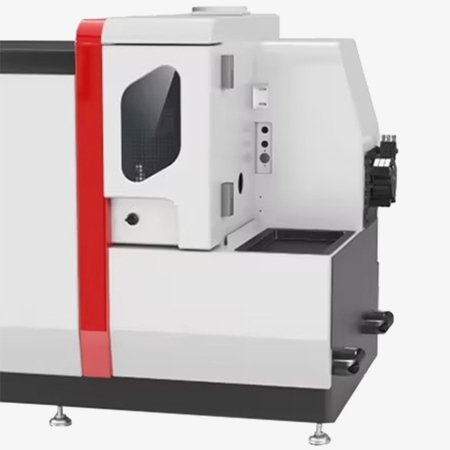
Running in multiple modes
- The inductively coupled plasma mass spectrometer integrates a gas path module, reducing gas path joints, is lightweight and modular, ensuring that the instrument is easy to move and work.
- The independently developed solid-state power supply can ensure that the instrument operates in multiple modes (such as conventional mode and cold plasma mode), and allows multiple modes to be operated in the same method, saving a lot of analysis time and facilitating research.
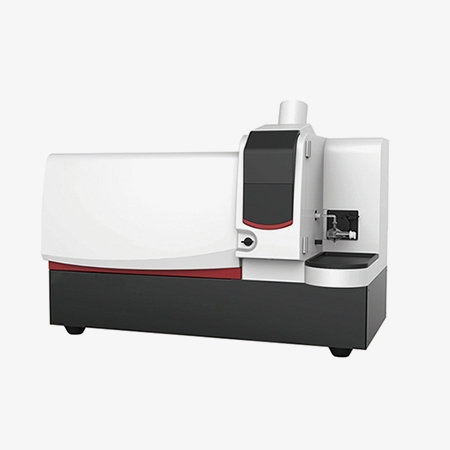
One-click parameter setting is intuitive and fast
- The inductively coupled plasma mass spectrometer adopts a mainstream market design that greatly saves instrument space for users, especially third-party detection users, and increases the possibility of future in-vehicle applications.
- It is with a "one-click" parameter setting that is intuitive and fast, improving user efficiency. It also provides the ability to automatically control instruments and their accessories, perfectly adapting to the Windows professional operating system.
Applications
The SISCO inductively coupled plasma mass spectrometer has ion extraction systems and lens systems, widely used in universities, quality inspection centers, environmental monitoring stations, enterprises, agricultural systems, geological and mineral resources, geological metallurgy, electronic appliances, food safety, chemical and pharmaceutical industries, etc.
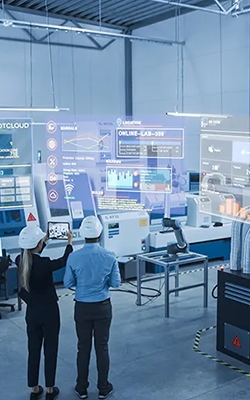 Electronic Appliances
Electronic Appliances
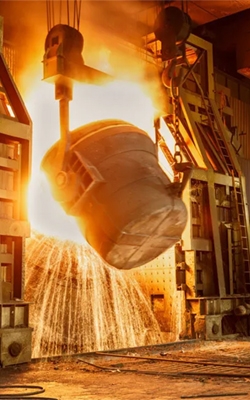 Metallurgy
Metallurgy
 Agricultural System
Agricultural System
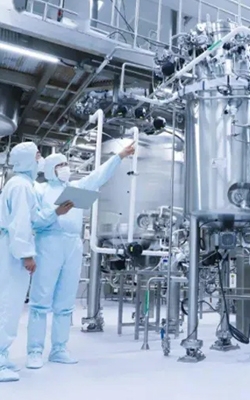 Chemical & Pharmaceutical
Chemical & Pharmaceutical
| Model | SISCO-ICPMS-6880 |
| Quality and Quantity Range | 2~260amu |
| Measurement Range | ≥109 |
| Sensitivity | Li≥50;In≥180;U≥200(Mcps/ppm) |
| Detection Limit | Li≤2;In≤0.1;U≤0.1(ppt) |
| Resolution | 0.2~2.0amu |
| Signal to Noise Ratio | ≥50×106 |
| Background Noise | ≤ 2cps (full quality range) |
| Quality Axis Stability | ≤ 0.05amu/24h |
| Stability RSD | Short-term ≤ 2%; Long term ≤ 3% |
| Oxide Ion | CeO+/Ce+≤ 2.5% |
| Bivalent Ion | 69Ba2+/138Ba+≤ 3% |
| Isotope Ratio | (107Ag/109Ag) ≤ 0.2% |
| Abundance Sensitivity | ≤ 1 × 10-6 low-quality end; ≤ 5 × 10-7 high-quality end |
Q1: What is ICP-MS?
A1: ICP-MS is a high-precision isotope ratio measurement instrument that combines an inductively coupled plasma ion source (ICP) with multiple electrostatic ion detectors (Faraday cups or ion meters) to simultaneously collect multiple isotope ion signals, achieving high-sensitivity and high-precision isotope analysis.
Q2: What is the difference between ICP-OMS and regular ICP-MS?
A2: ICP-MS has multiple parallel detectors that can simultaneously detect multiple isotopic ions, thereby improving measurement accuracy and reducing errors caused by time drift. In contrast, conventional single receiver ICP-MS requires scanning to detect different isotopes, with lower accuracy and possible time delay errors.
Q3: What factors affect the measurement accuracy of ICP-MS?
A3: ICP-MS generally has good long-term stability, but due to its use for high-precision isotope measurement, it still requires frequent use of standard samples for calibration and drift correction to ensure accuracy at the ppm or ppb level.
- Sample concentration and matrix composition.
- Ionization efficiency and plasma stability.
- Detector sensitivity matching.
- Quality deviation correction strategy.
- Long-term drift or short-term signal fluctuations.
Tips: How does an inductively coupled plasma mass spectrometer work?
An inductively coupled plasma mass spectrometer (ICP-MS) is a highly precise analytical instrument used to measure isotopic ratios of elements with high accuracy. Here's a breakdown of how it works:
-
Sample Introduction: The sample, typically in liquid form, is nebulized into an aerosol and introduced into a plasma source (inductively coupled plasma) where it is ionized at extremely high temperatures (-6000–10,000 K).
-
Ionization: The high-energy plasma ionizes atoms in the sample, producing singly charged ions. These ions are then extracted from the plasma into the vacuum system of the mass spectrometer.
-
Ion Optics & Mass Separation: The ions are focused and accelerated through a series of ion optics and enter a magnetic sector mass analyzer. The magnetic field separates ions based on their mass-to-charge ratio (m/z), bending lighter ions more than heavier ones.
-
Multi-Collector Detection: Instead of scanning across different masses like a traditional single detector system, the ICP-MS has an array of Faraday cups (and sometimes ion counters) arranged to detect multiple isotopes simultaneously. Each cup collects a specific isotope, allowing precise and simultaneous measurement of isotope ratios.
-
Data Processing: The ion currents from the detectors are converted into voltage signals, which are then processed to determine isotopic ratios. Because multiple isotopes are collected at once, the method minimizes time-based drift and improves precision.
Thank you for buying industrial test and measurement equipment on SISCO.com, all products sold by SISCO and the partner cover a 12 months warranty, effective from the date of receiving the products.
What is covered?
SISCO is responsible for providing free spare parts, and free technical support to assist the customer to repair the defective products until the problem is solved.
What is not covered?
- Product purchased from anyone other than a SISCO store or a SISCO authorized reseller.
- Expendable parts.
- Routine cleaning or normal cosmetic and mechanical wear.
- Damage from misuse, abuse or neglect.
- Damage from use of parts other than SISCO approved.
- Damage from use outside the product’s usage or storage parameters.
- Damage from use of parts not sold by SISCO.
- Damage from modification or incorporation into other products.
- Damage from repair or replacement of warranted parts by a service provider other than a SISCO authorized service provider.
- Damage caused by the application environment not meeting the product usage requirements and the failure to perform preventive maintenance.

